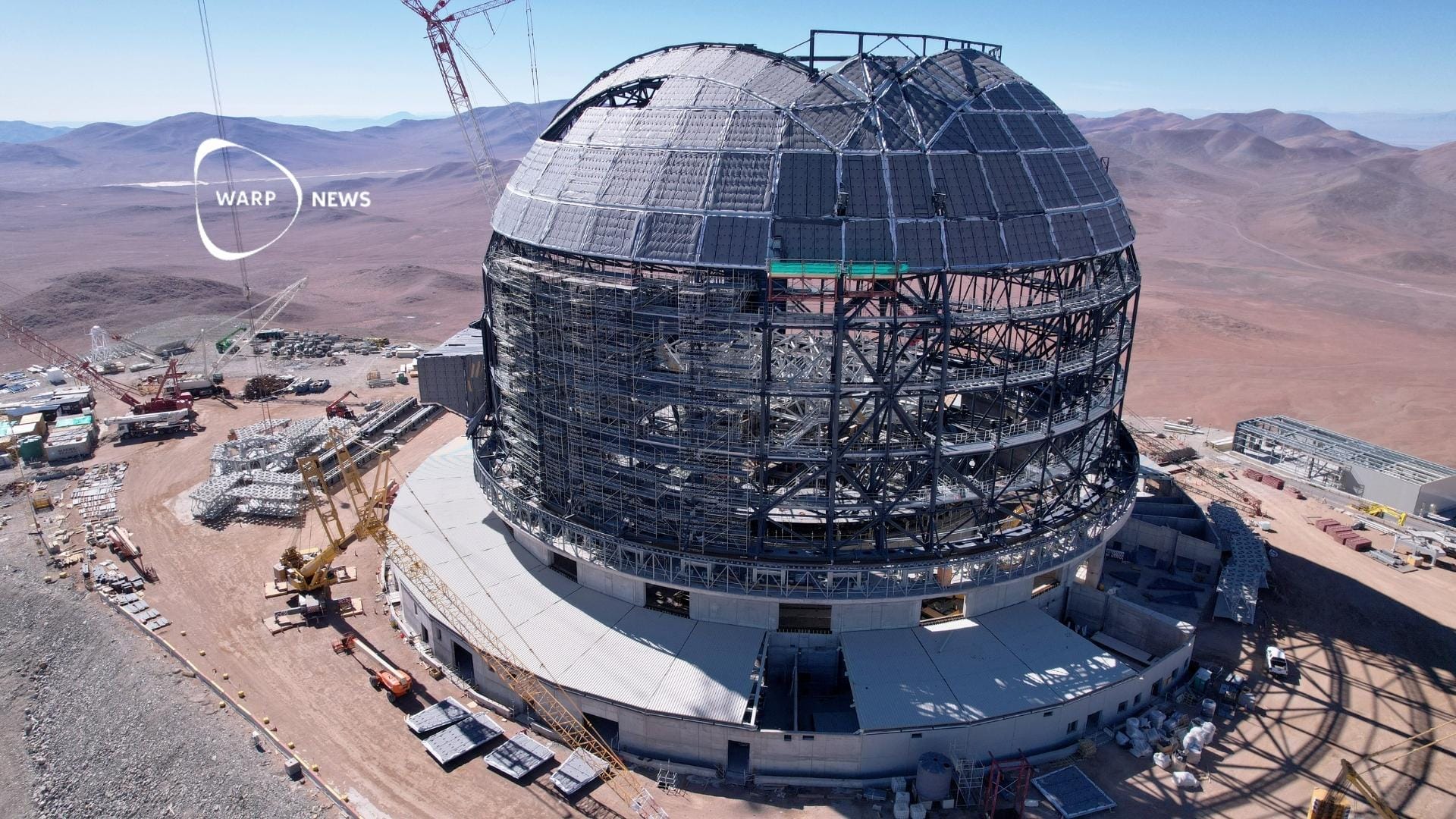
🚀 JUICE: A colossal mission to Jupiter begins
The European Space Agency's JUICE spacecraft successfully launched on an Ariane 5 rocket, beginning an eight-year journey to explore Jupiter's icy moons, Ganymede, Europa, and Callisto, in search of potential habitats for life within their suspected subsurface oceans.
Share this story!
A successful liftoff
After a one-day delay due to lightning, an Ariane 5 rocket successfully lifted off from French Guiana on Friday morning, carrying the Juice spacecraft. The European Space Agency (ESA) took control of the spacecraft around 40 minutes after the launch. This marks a promising start for the ambitious mission, which aims to explore Jupiter's intriguing icy moons.
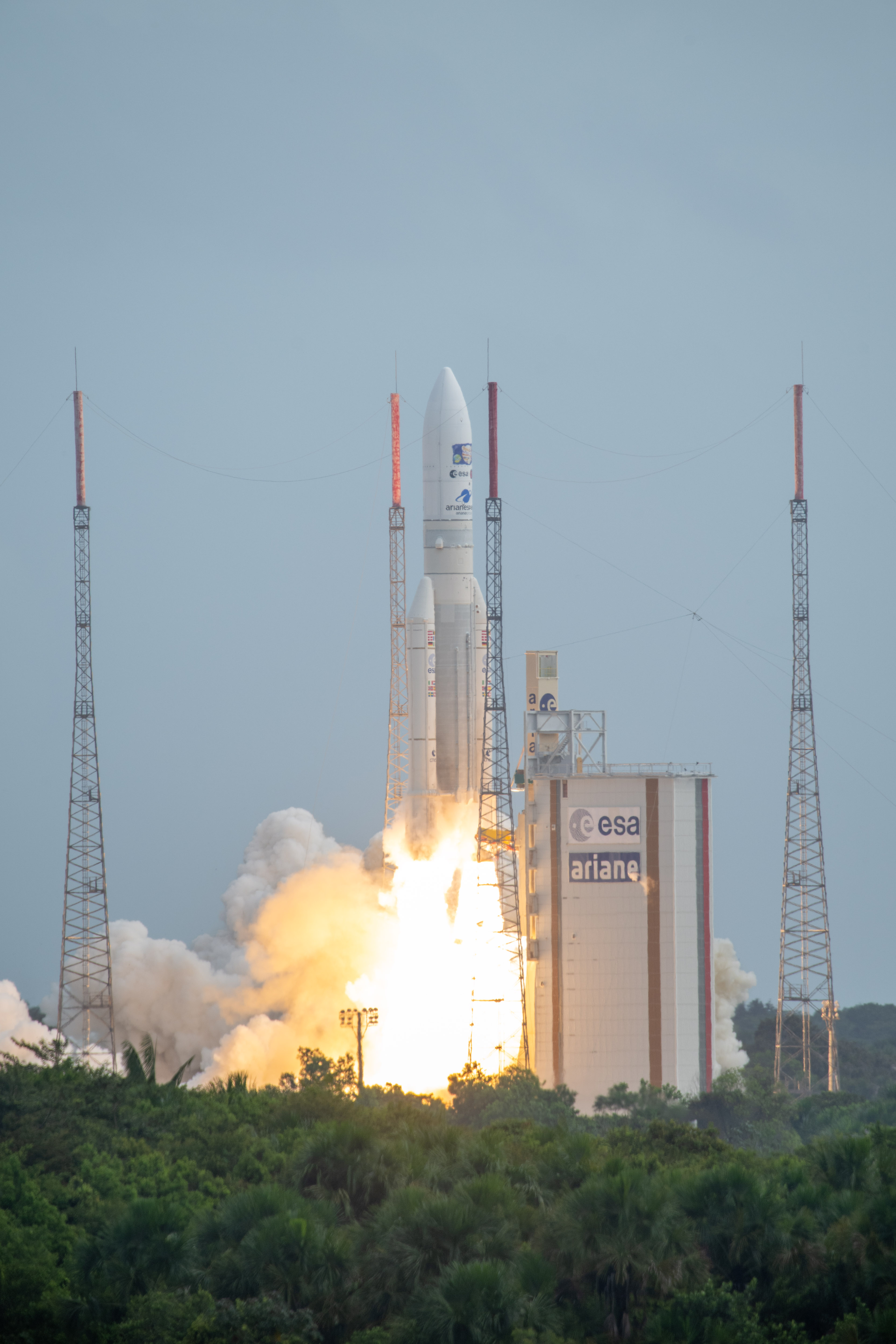
A colossal mission begins
Weighing in at 6 metric tons, the Jupiter Ice Moons Explorer (JUICE) is the largest deep space mission ever launched by the ESA. The spacecraft, built by Airbus Defense & Space, is the first of the agency's L-class missions, reserved for flagship projects that only fly about once a decade. Juice's launch is a significant milestone, as the spacecraft sets off on its eight-year journey to the Jovian system.
Exploring Jupiter's moons: A search for life
The decision to launch JUICE was influenced by discoveries made by NASA's Galileo and Cassini probes, which revealed ice-covered moons around Jupiter and Saturn, potentially harboring subsurface oceans where microbial life might exist. By studying these oceans in detail, scientists aim to determine if these moons could be habitats for life.
A challenging journey ahead
The spacecraft's mass requires several planetary flybys to build up the energy to reach Jupiter. After its launch, JUICE will fly by Earth three times and Venus once, before entering orbit around Jupiter in 2031. From 2031 through 2034, it will make nearly three dozen flybys of Ganymede, Europa, and Callisto, exploring their icy shells in greater detail.
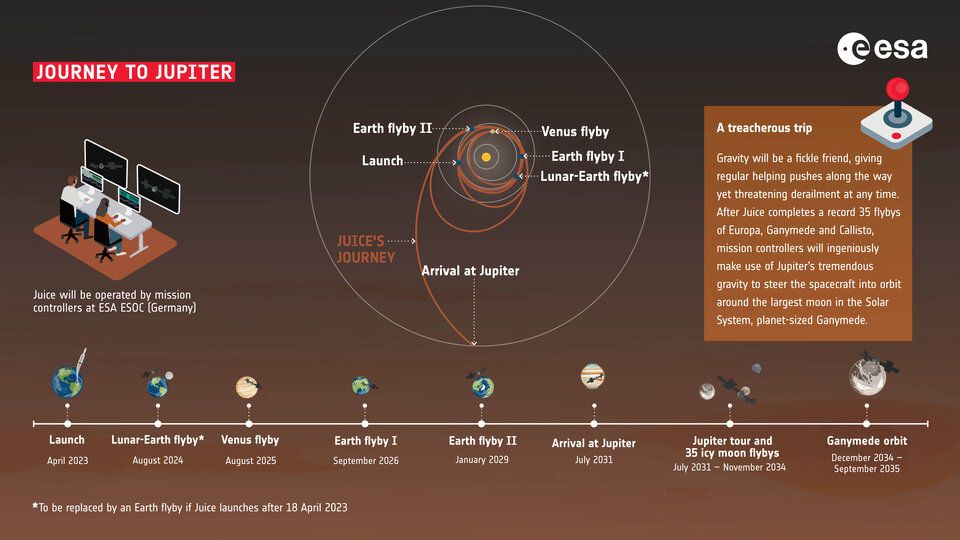
Complementary missions: JUICE and Europa Clipper
The ESA's JUICE mission will work alongside NASA's Europa Clipper vehicle, set to launch in 2024. With different instruments on board, both spacecraft will perform a comprehensive study of the habitability of the subsurface oceans of the outer planet worlds, potentially pointing to a promising location for a future lander and a possible search for life.
The historic Ganymede orbit
In late 2034, JUICE is planned to enter orbit around Ganymede, a maneuver never before attempted for any moon other than Earth's. The spacecraft's detailed analysis of Ganymede's interior could reveal valuable information about the moon's suspected interior ocean and magnetic field.
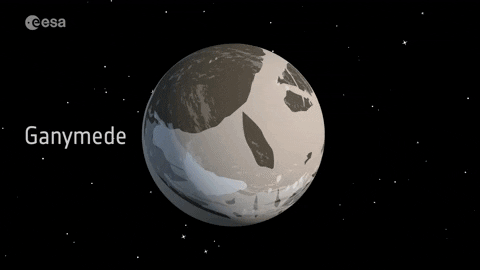
New materials for the mission
Jens Birch, a Professor in Material Science at Linkoping University, has developed a small new material that is part of the JUICE project. He described it at a pre-event for the Warp Space Summit.
It needs to be able to handle the harsh coldness near Jupiter, but also extreme heat when JUICE slingshots the Sun on its way to Jupiter.
"We can learn how to make exotic materials for space, that we can use on Earth."
A juicy mission
As JUICE embarks on its long journey, it not only represents a significant achievement for the European Space Agency but also holds the potential to reshape our understanding of Jupiter's icy moons and their potential for life.
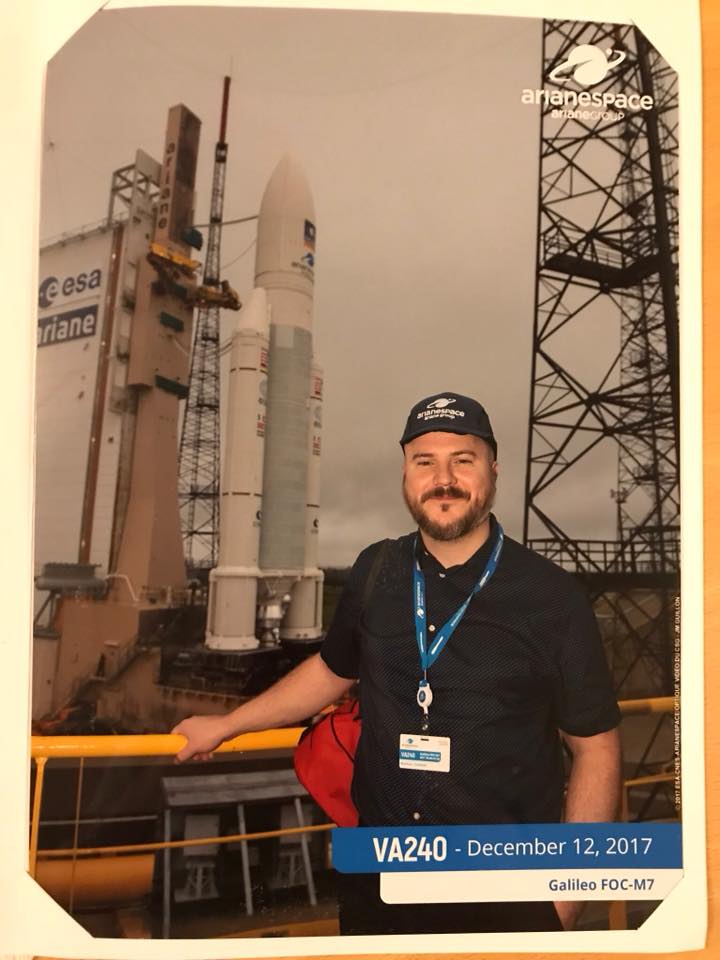
Mathias Sundin
The Angry Optimist
By becoming a premium supporter, you help in the creation and sharing of fact-based optimistic news all over the world.


